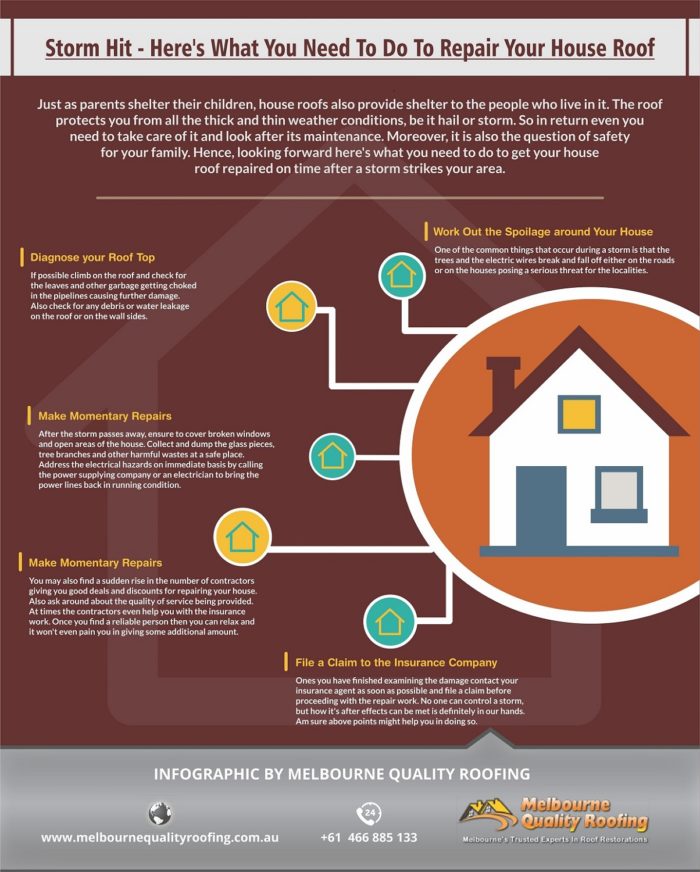The Development Of Solar Energy: Expectations For The Industry In The Upcoming Years
The Development Of Solar Energy: Expectations For The Industry In The Upcoming Years
Blog Article
Written By-Lindholm Mccormick
As you ponder the future of solar power, envision a landscape where development and sustainability converge. The coming years hold the guarantee of significant advancements in solar modern technology, reshaping the sector as we know it. With efficiency gains and expense decreases coming up, the capacity for solar energy to change our energy landscape is immense. Stay tuned to uncover how cost of solar panels and installation will shape the future of renewable resource and move us in the direction of a greener tomorrow.
Technical Advancements in Solar Panels
Photovoltaic panel have actually seen remarkable technical advancements over the last few years. One substantial enhancement is the rise in effectiveness, allowing solar panels to transform sunshine right into power more effectively. This has been attained through innovations in products and style, making solar power an extra viable and competitive alternative for renewable resource sources.
Suggested Website is the reduction in expenses associated with manufacturing and setting up solar panels. As technology has progressed, production processes have become more streamlined, resulting in lower costs for consumers. Additionally, the toughness and life-span of solar panels have actually boosted, making them an extra sustainable and long-term financial investment.
Innovations in energy storage innovation have additionally played a critical duty in boosting the performance of photovoltaic panels. Batteries and other storage services have actually become extra effective and economical, allowing users to save excess energy generated throughout the day for use during the night or during durations of reduced sunlight.
Boosted Adoption in Various Industries
With the demand for sustainable power options on the rise, different industries are significantly incorporating solar energy systems right into their procedures. Firms in markets such as manufacturing, agriculture, and transport are leveraging solar power to decrease their carbon impact and operating costs.
In manufacturing, photovoltaic panels are being mounted on roofs to power machinery and illumination, leading to substantial cost savings on power costs. solar installation companies is likewise embracing solar energy by utilizing it for irrigation systems and powering ranch tools, therefore lowering traditional gas expenditures. Moreover, the transportation industry is taking on solar technology for charging electrical lorries and illuminating parking lots.
The pattern of increased fostering of solar energy across sectors is driven by the desire to be extra eco-friendly and reduce reliance on non-renewable energy resources. As solar modern technology remains to advancement and come to be a lot more economical, we can anticipate to see also more comprehensive integration of solar energy systems in various industries in the coming years.
Policy Changes Driving Solar Development
Embracing renewable resource sources is essential for lasting development in today's world. Policy changes play a considerable role in driving the growth of solar energy. Federal governments around the world are implementing various measures to advertise the adoption of solar energy. Incentives such as tax credits, refunds, and feed-in tariffs urge people and organizations to invest in solar modern technology.
In addition, laws mandating a particular percent of power ahead from renewable sources push utility business to incorporate more solar right into their power mix. In addition, policies concentrating on net metering permit solar individuals to sell excess power back to the grid, making solar installments more financially sensible.
In some regions, sustainable profile criteria call for a particular part of electricity to be generated from solar power, producing a steady demand for solar energy. These policy changes not only drive the growth of the solar industry but also add to minimizing carbon emissions and combating environment modification. By supporting and applying such plans, governments can increase the transition to a more lasting energy future.
Conclusion
Finally, the future of solar power looks intense with recurring technological innovations, boosted fostering throughout industries, and helpful policy changes. With higher performance levels, reduced costs, and improved power storage space remedies on the horizon, solar power is readied to play a crucial function in the worldwide change to a cleaner and more lasting energy future. Accept the capacity of solar power and be a part of the renewable resource change!
